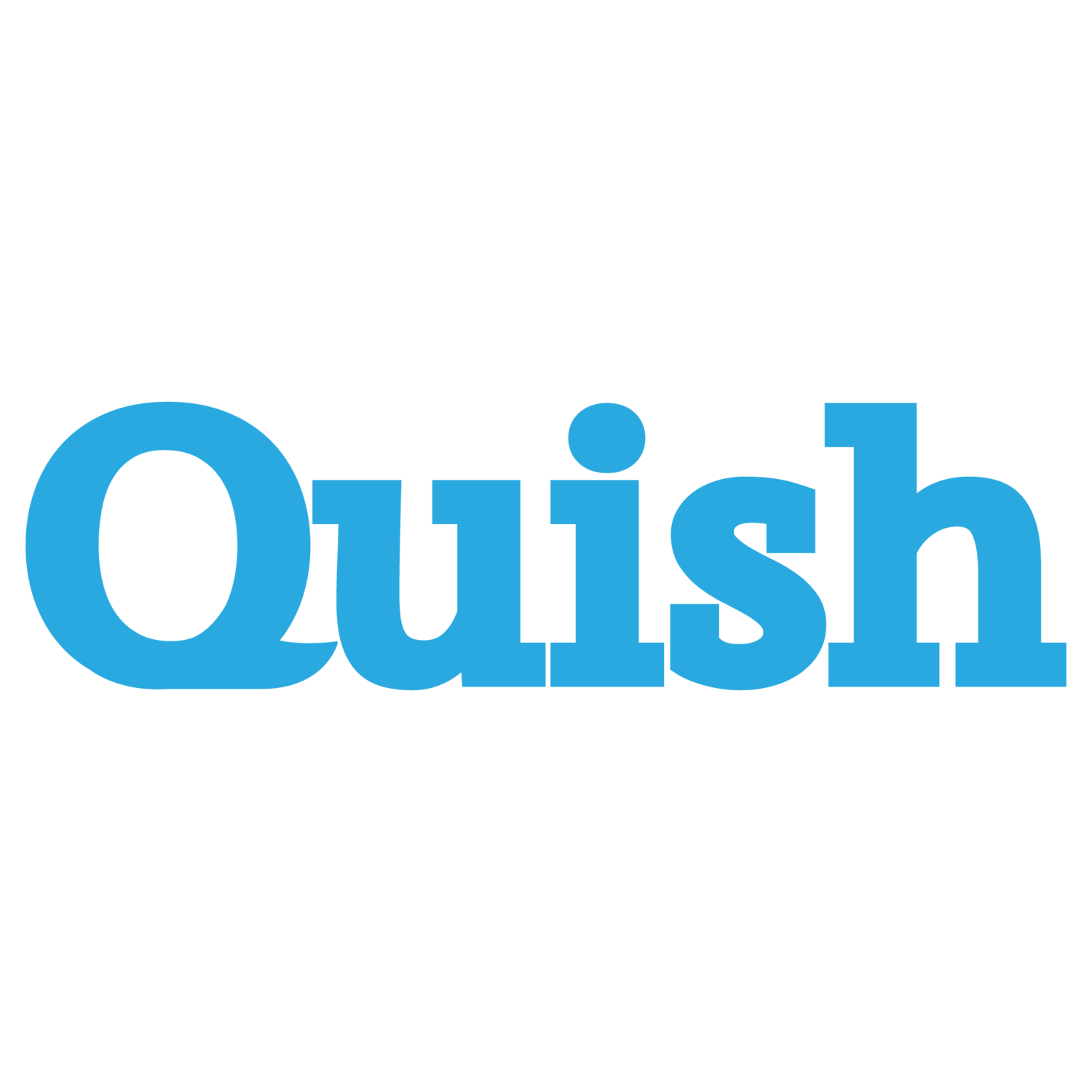When a car is in neutral, the engine is not pushing the car in a given direction. Only gravity exerts it force.
This is a decent metaphor for understanding the neutral - also confusingly called the natural - interest rate.
The Fed is trying to figure out the interest rate that will neither stoke nor subdue the economy. Not easy.
If the Fed overshoots and raises rates too much too soon, the economy stalls and slips into recession. But if the Fed responds too slowly and doesn’t raise rates at a pace commensurate with growth, the economy overheats. Over-inflation is also pernicious and leads painfully and eventually to the same recessionary outcome.
On December 5th, the Philadelphia Fed released the so-called Beige Book. While many areas of the US reported a dearth of workers, Dallas and Philadelphia Feds noted growth deceleration in their regions.
These push/pull dynamics highlight the tension regarding the neutral rate. The Fed can’t lower rates in Philly and Dallas to help spur growth, while raising them in areas like Chicago where a shortage of qualified workers is putting pressure on wages.
On the 19th of December, Fed Chair Jay Powell will likely raise rates for the 4th time this year, to 2.25-2.50%.
From there, calibrating the neutral rate will only get trickier. Along with trade, rates will be a major known unknown affecting the markets – and the economy – in 2019.
Weekly Update through December 7, 2018 The S&P 500 declined -4.55%, even as the Dow Jones lost -4.44%, the Russell 2000 dropped -5.53%, and the Nasdaq detracted -4.90%.
As for US bonds, they added 85bps.
Globally, the MSCI World Index declined -3.69% and the Barclays Global Aggregate Bond Index gained 87 bps.
The Euro Stoxx 50 lost -3.56% in local-currency (Euro) and -2.88% in USD. Meanwhile, the Topix declined -2.82% in local-currency (Yen) and -2.03% in USD.


